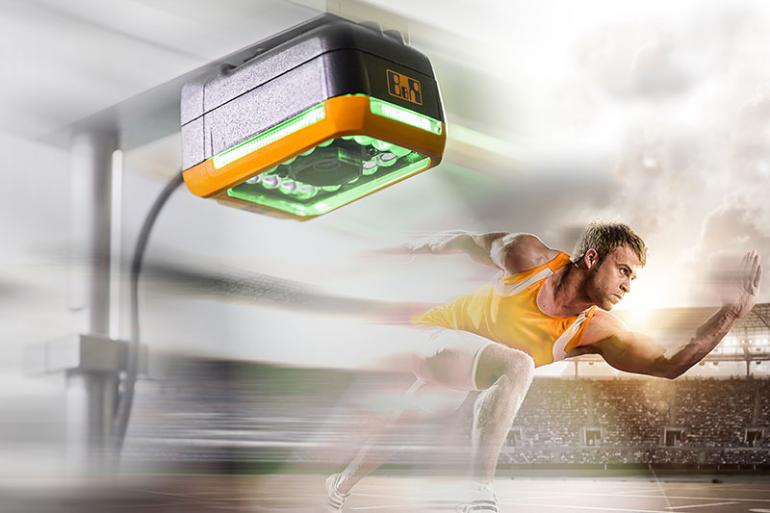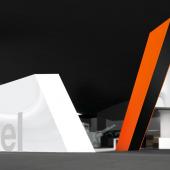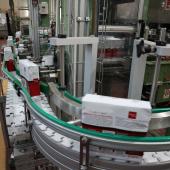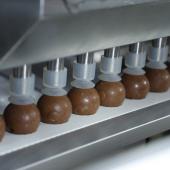Machine vision: speed and integration in a single solution

A leader in the industrial automation market, B&R also offers vision solutions that integrate smart sensors with image processing algorithms and a range of innovative illuminators.
According to B&R, “vision” does not require dedicated hardware and software, but can be controlled and monitored like any other component of the machine. Integration and speed, in fact, are the characteristics chosen to obtain vision systems capable of adapting flexibly to the demands of innovation-oriented companies ready to differentiate themselves on the market.
Those proposed by B&R are therefore machine vision technologies fully integrated into the automation system, designed to synchronize both sensors and illuminators via POWERLINK, thus achieving control with microsecond precision.
Integration means simplicity also at the software level: no external tools are needed, but control, parameterization and firmware updates that, in the B&R solution, are integrated in the Automation Studio design environment.
Thanks to the adoption of the new quad-core processor, B&R has also accelerated the execution of all types of machine vision applications, speeding up to four times the completion of vision tasks for the smart sensor.
Image processing algorithms also benefit from the bundled quad-core processor.
The increase in computing power, therefore, allows the cycle time of the corresponding applications to be halved, making it easier for machine builders to increase output without having to use external PCs dedicated exclusively to machine vision.
With the latest Steady version of the HALCON library, B&R’s machine vision system also features a just-in-time (JIT) compiler, which generates executable machine code when the application is loaded, rather than interpreting it later at runtime.
Comprehensive proposition
B&R’s offer is also enriched by the Smart Camera, that will be on the market in 2022: a technological new entry that will combine several machine vision functions in real-time, simplifying the implementation of sequences of process-dependent functions that, with traditional cameras, would be time-consuming and costly.
Finally, intelligent illuminators, cameras, lenses and software complete the lineup. The light bars can be electronically aligned so as to orient their opening between -40° and +90°: a feature that, with all the others, can be saved in the recipe to be then automatically recalled in the various production settings, together with the electronic focusing of the smart sensors.
Thanks to the new solutions, quality controls of any kind are no longer a reason for waiting and delays in production.





















